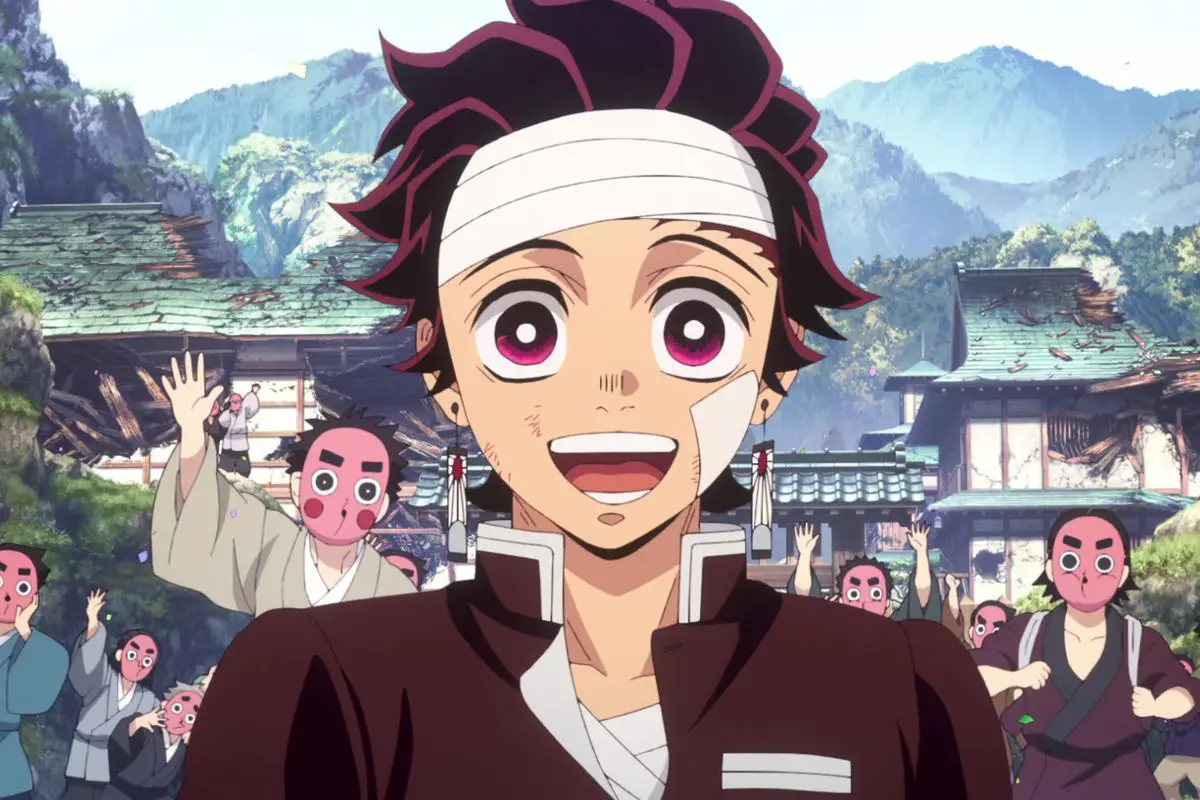We originally published this article Feb. 20, 2015 and since then E-nable has grown. Originally they were a blog and website that matched recipients in need of a limb with individual makers willing to create free limbs. Now they are a community that helps people get the information, training and skills they need to make limb replacement possible.
Through a partnership, they have created a new “Sponsorship” program that will allow individuals to gift 3D printers, filament and other materials directly to their own local schools, libraries, maker spaces, local families of recipients or many of the e-NABLE Community Chapters in need!
Technology advancements throughout the centuries have benefited man, and now those advancements are benefiting the children.
Every year, thousands of children are either born with physical defects or suffer an accident that result in the loss of fingers or hands. Adults that lose appendages have the option of prosthetic replacements, unfortunately for children they just aren’t cost effective. Prosthetic replacements are costly, complicated medical devices that can cost thousands of dollars and frequently by the time a child masters the use of these devices they have outgrown them.
Now thanks to advancements in 3-D printing there is hope for these children.
E-nable, founded in 2013 by Jon Schull, is an online volunteer organization that matches children who require prosthetics with volunteers that can create one on a 3-D printer. Designs, models and software plans are freely shared so that the best design for each child is readily available.
 The best part is that the materials for 3-D prosthetic hand costs a fraction of the real thing. $20 to $50 of material buys a child a gateway to a new perspective on life. They no longer need to struggle with the simple things others take for granted, like tying a shoe or riding a bike.
The best part is that the materials for 3-D prosthetic hand costs a fraction of the real thing. $20 to $50 of material buys a child a gateway to a new perspective on life. They no longer need to struggle with the simple things others take for granted, like tying a shoe or riding a bike.
Children love the 3-D printed replacements, not only because it gives them something they didn’t have, but also because they typically don’t look like your standard robotic arm. These devices are modeled after things children love. Popular models include Cyborg Beast which was modeled after a Transformer, and the Raptor Hand which resembles something from a superhero comic book and they come in every color imaginable. These replacement parts are something the children can be proud of.
All of the designs are available on the E-nable website and they have a “Handomatic” program that will let parents custom design the unit to fit their child. Once customized the design is then downloaded into a 3-D printer and processing begins. The hands are printed in pieces that must be assembled, but assembly is not that complex. Ivan Owens, one of the inventors, says the difficulty level is about on par with a complex Lego set and that many of the children have helped assemble their own hand. To make it less intimidating you can also view assembly tutorials on YouTube. Most of the hands take about 20 hours to print and three hours to assemble.
Once assembled, they are relatively simple devices that operate by flexing the wrist. When the wrist is moved cables are pulled and fingers close, move the wrist again and the hand opens.
3-D models may not be as sturdy or as capable as the big dollar prostheses, but these are perfect for giving children a hand up in life.
“Anyone can get one of these hands — it doesn’t matter what insurance or health provider you have,” said Dr. Albert Chi, an assistant professor of surgery at Johns Hopkins Medicine. “To be able to provide such a functional tool for anyone with congenital hand or limb loss, it kind of brings you to tears a little bit.”






